Diaa Bekheet | Washington, DC – Japanese pianist Makoto Kuriya has released a new album called Art for Life. The release coincides with the 20th anniversary of his homecoming. “It’s a summary of what I have been doing for the past 20 years in Japan,” American-educated Makoto tells Jazz Beat. “It’s been 20 years already ever since I came back here to Tokyo after living in the [United] States for 11 years. Time does fly.” Here’s the album’s title cut: Art for Life. [audio:http://www.voanews.com/MediaAssets2/english/2011_06/ArtForLife_jazzbeat_voa_2011.mp3]
Makoto graduated from West Virginia University with a major in linguistics, but he was attracted to studying music. During his 11-year stay in the U.S., he frequented American classic and modern jazz clubs in Washington, DC, including the world-famous Blues Alley in Georgetown and One Step Down near the US Congress headquarters on “Capitol Hill”. While there, Makoto had the opportunity to talk with jazz legends like pianist McCoy Tyner, saxophonist Dexter Gordon and others. When he became a professional musician, he regularly performed gigs at those clubs.
Makoto mainly performed on the East coast of the United States with famous jazz artists. He toured with Grammy award-winning trumpeter Chuck Mangione in the late 80’s, and performed with Panamanian American jazz bandleader Billy Cobham. When he returned to Japan, he did an ensemble with jazz-legend and pianist Herbie Hancock at the Tokyo Jazz Festival, one of the biggest festivals in Japan. The country now boasts many popular jazz clubs including Blues Alley Tokyo, Sweet Basel, Billboard Live Tokyo and Blue Note Tokyo.
Listen to the Interview in Full:
Jazz Beat talked to Makoto Kuriya about his American jazz experience, and how he felt as a Japanese playing American jazz while wanting to maintain Japan’s jazz identity. Makoto also told Jazz Beat about his Latin, Western and Japanese jazz fusion, his memorable visit to Cairo, Egypt, his Nile cruise surprise, and performance at the TanJazz Festival in Gibraltar, Morocco. You will have a chance to listen to some of Makoto’s songs in full here on Jazz Beat. [audio:http://www.voanews.com/MediaAssets2/english/2011_06/Makoto_Kuriya_Japanese_Pianist_Jazz_Beat_June2011.mp3]
Makoto studied and taught music with his mentor, American professor and music historian Nathan Davis, at the University of Pittsburgh. “He taught me how to play, how to listen, how to swing. I owe him a lot,” the musician said. Makoto praised Davis for launching an outreach music program that included tours in many countries, including Ghana, the United Arab Emirates, Bahrain and Jordan.
Localizing Jazz in Japan:
Makoto is one of a few Japanese artists who are trying to put their own cultural imprint on the music. He is now devoting his efforts to authenticating Japanese jazz, maintaining a distinctive cultural identity and bringing a Western-free localized Japanese jazz music from Nippon, the Land of the Rising Sun, to the world.
|
During the past 10 years, Makoto has performed in many countries, especially in Europe, but he noticed that people wonder how a Japanese man came to play American jazz. He says he didn’t want to people to see him as copying his American influences.
[audio:http://www.voanews.com/MediaAssets2/english/2011_06/Makoto_Kuriya_LocalizingJazz_JazzBeat_June2011.mp3]“Whenever I play in Paris, London … you just name it … in Germany, in Spain, in Rome whatever, you know, people ask you are Japanese, how come you’re playing Jazz, American music! ” he explained.
“The more I play in Japan, the more I come to notice that I have to do something really special that only Japanese people can make, like Japanese jazz,” he said. “I’m really fortunate to be able to go abroad, not just to the United States, but to European countries and elsewhere to play American [jazz] music for those people out there. And that makes me realize that I’m a Japanese man, my identity as a Japanese man and I have to play something really original,” Makoto said.
His “Fly Me To The Moon”, the end theme for the widely-popular Japanese TV animation “Evangelion” is a big hit.
Makoto in ‘Cairo, Hollywood of Arabia’
Makoto has also played his music in Arab countries, including Egypt and Morocco. Jazz fans at the second Cairo International Jazz Festival in particular were “crazy” about his music. “Cairo is believed to be like a Hollywood of Arabian culture … the palace was packed. I loved the people. [audio:http://www.voanews.com/MediaAssets2/english/2011_06/Makoto_Kuriya_cairofestival_jazzbeat.mp3]It was such a memorable experience,” said Makoto who was fascinated by the young Egyptians who seemed to love his music. “ I really respect the energy of those young people in Cairo. They are so fantastic. [If there’s] anything I can do for them, I’ll love to do it,” he said. Makoto says he was surprised to hear his hit, “Fly Me To The Moon” being sung by sightseers doing Karaoke on a Nile Cruise.
Makoto has played at the jazz festival in Gibraltar, Morocco too, where many famous jazz artists including Cameroonian saxophonist Mano De Bank have performed.
“I believe in the power of music. People can be friends, and people can transmit their thoughts to each other, and can share thoughts … and that’s why a lot of artists are writing charity music,” said Makoto. He donated the proceeds of a recent performance in London to the victims of earthquake and tsunami in Japan. The show was broadcast live on BBC channel 3 a few days ago.
For more on jazz music, listen to VOA’s Jazz America





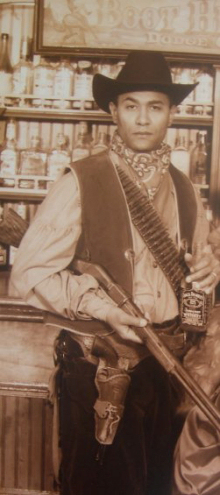
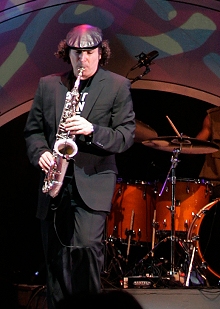
 Contact was released late last March. It features high-profile vocal guest appearances, including platinum-selling singer and former member of Destiny’s Child, LeToya Luckett who sings
Contact was released late last March. It features high-profile vocal guest appearances, including platinum-selling singer and former member of Destiny’s Child, LeToya Luckett who sings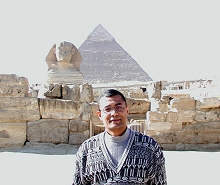
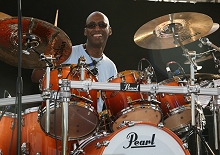
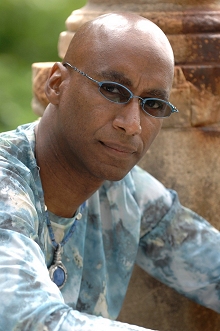
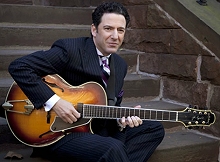




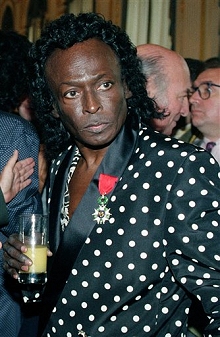
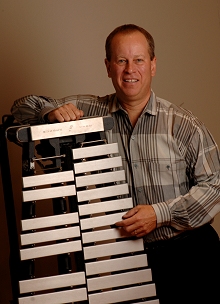
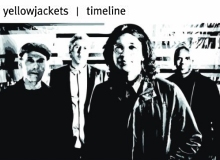 [audio:http://www.voanews.com/MediaAssets2/english/2011_04/timeline-30sec_yellowjackets.mp3]Diaa Bekheet | Washington, DC – The
[audio:http://www.voanews.com/MediaAssets2/english/2011_04/timeline-30sec_yellowjackets.mp3]Diaa Bekheet | Washington, DC – The 
